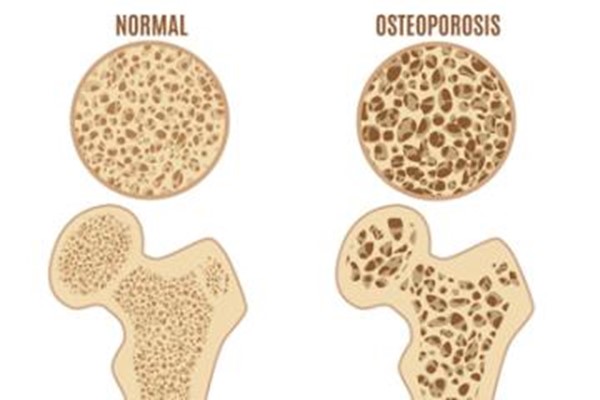A client has been prescribed raloxifene. As the nurse, you know that raloxifene is used to treat:.
Migraines.
Hypertension.
Osteoporosis.
Heart disease.
The Correct Answer is C
Choice A rationale:
Raloxifene is not used to treat migraines. It is a selective estrogen receptor modulator (SERM) that primarily acts on bone tissues, estrogen receptors, and has anti-estrogenic effects in the breast, which may reduce the risk of breast cancer.
Choice B rationale:
Raloxifene is not used to treat hypertension (high blood pressure) It is primarily indicated for the prevention and treatment of osteoporosis in postmenopausal women.
Choice C rationale:

This is the correct choice. Raloxifene is indicated for the treatment and prevention of osteoporosis in postmenopausal women. It helps increase bone density and reduces the risk of fractures associated with osteoporosis.
Choice D rationale:
Raloxifene is not used to treat heart disease. While it may have some cardiovascular benefits due to its effects on cholesterol levels, it is not a primary medication for heart disease management.
Nursing Test Bank
Naxlex Comprehensive Predictor Exams
Related Questions
Correct Answer is D
Explanation
Choice A rationale:
A client who gave birth 1 day ago and needs Rh(D) immune globulin should be seen soon but not necessarily first. Rh(D) immune globulin is administered to Rh-negative mothers with Rh- positive infants to prevent isoimmunization in future pregnancies.
Choice B rationale:
A client who gave birth 3 days ago and reports breast fullness is likely experiencing normal postpartum breast engorgement. This client can be attended to after the client with more urgent symptoms.
Choice C rationale:
A client who gave birth 12 hours ago and reports an increase in urinary output might have diuresis, which is a common postpartum physiological change. Although this requires assessment, it is not as urgent as the client in choice D.
Choice D rationale:
The nurse should see the client who gave birth 8 hours ago and is saturating a perineal pad every hour first because excessive postpartum bleeding could indicate hemorrhage, a potentially life-threatening complication. Immediate assessment and intervention are crucial in this situation.
Correct Answer is B
Explanation
Choice A rationale:
Multiparity, or having given birth to multiple children, is associated with a decreased risk of ovarian cancer, not an increased risk. The protective effect may be due to the repeated ovulatory cycles that occur during pregnancy.
Choice B rationale:
Endometriosis is a condition where endometrial tissue grows outside the uterus. It is associated with an increased risk of ovarian cancer. The exact link is not fully understood, but it is believed that the inflammatory and hormonal changes in endometriosis may contribute to cancer development.
Choice C rationale:
Being under 40 years of age does not increase the risk of ovarian cancer. Advanced age is a known risk factor for ovarian cancer, with the highest incidence occurring in women over 60.
Choice D rationale:
Use of contraceptive medications, particularly oral contraceptives, has been shown to reduce the risk of ovarian cancer. These medications suppress ovulation and decrease the exposure of the ovaries to potential carcinogens.
Whether you are a student looking to ace your exams or a practicing nurse seeking to enhance your expertise , our nursing education contents will empower you with the confidence and competence to make a difference in the lives of patients and become a respected leader in the healthcare field.
Visit Naxlex, invest in your future and unlock endless possibilities with our unparalleled nursing education contents today
Report Wrong Answer on the Current Question
Do you disagree with the answer? If yes, what is your expected answer? Explain.
Kindly be descriptive with the issue you are facing.
